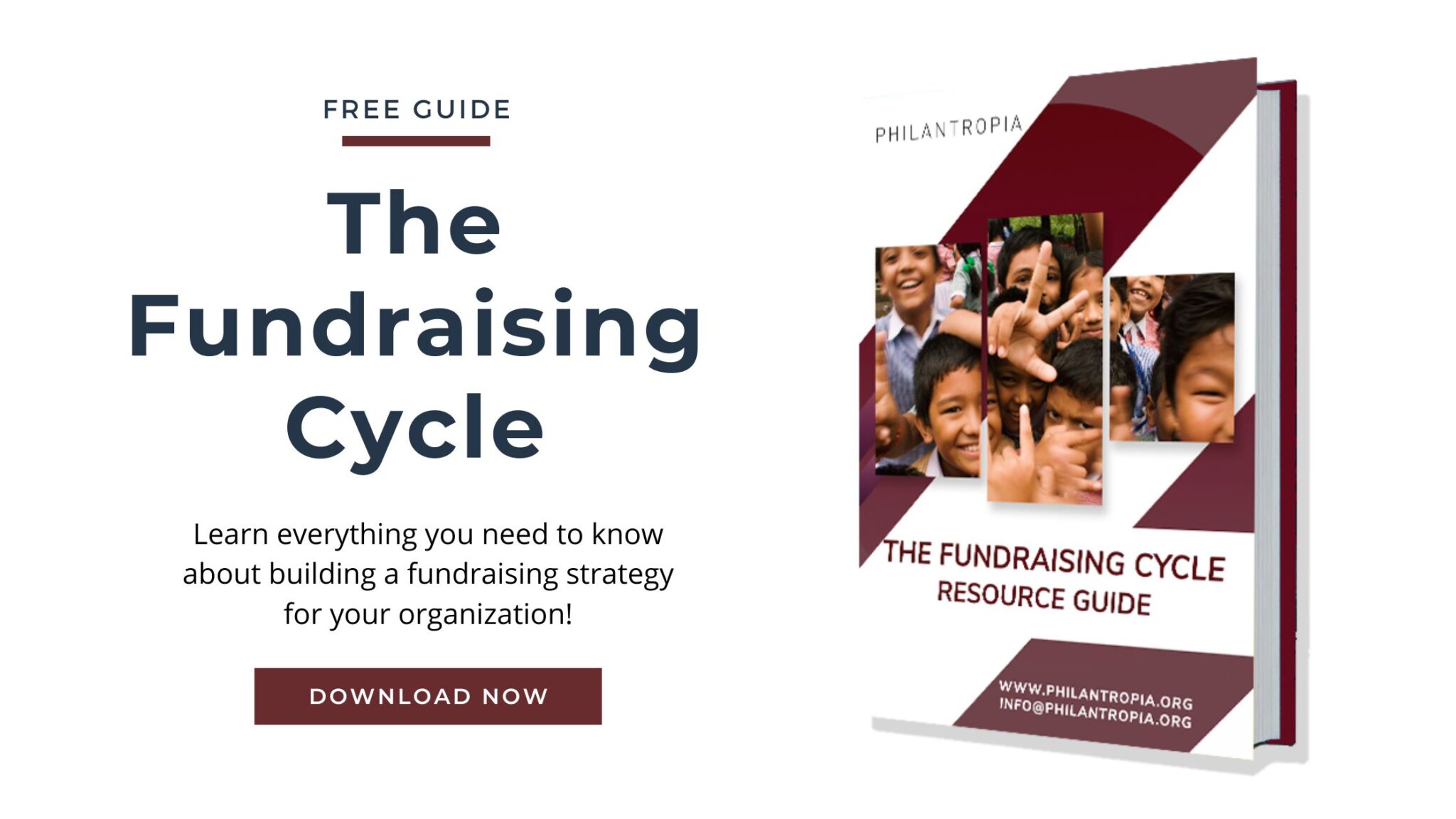A Letter of Inquiry is a short expression of your project in letter format. Letters of inquiry are often abbreviated as LoI or LOI. Even though “letter” is in the name, LoIs can also be sent by email, not just snail mail. The letter of inquiry is often associated with the concept note and they both have many similarities.
The letter of inquiry should contain just enough information for the donor to understand what the project is and why they should/would be interested. Typically, this means LoIs are 1-2 pages long. Nothing more is necessary at this stage.
Letters of inquiry are often sent to new donors as a soft ask if your program may be in line with what the donor is interested in funding. The purpose of the letter of inquiry is not to ask for funding, but to open communication with a donor, schedule a meeting, and move from unsolicited to solicited for the full proposal.
A benefit and challenge to the letter of inquiry are that they are personal. LoIs are written in letter format, from one person to another. This means the letter-writer should include their full name and contact information, and also know the name and position of the person they are contacting. This means the LoI is able to draw a relationship to the donor but also requires the NGO take time to research the donor.
What should be included in a letter of inquiry?
Subject line
Once you have done all the hard work and prepared an effective letter of inquiry, you need to make sure that to donor actually clicks and reads it. To stand out from hundreds and thousands of LoIs a donor receives in a day, creating a clickbait subject line is the most important. You need a subject line to arouse your donor’s curiosity, yet make sure you don’t use the marketing tactics that every other NGO uses. Just use the right words and keep it short and honest.
Paragraph 1: Express your Interest
In the beginning, briefly introduce yourself and express your interest in why you want to work with the donor organization. For this, you need to research them first. Read their website, follow them on social media, talk to someone from inside to learn the specifics. Now that you have the information, show your knowledge about the organization. Mention their major activities and objectives. Talk about the projects they have funded before. And of course, do not forget to add a line of appreciation for their efforts and accomplishments.
Paragraph 2: State the 3 P’s
In this paragraph explain the 3P’s: Problem, Position, and Possibilities.
Problem (aka Need Statement): Describe the scope and magnitude of the problem to understand and diagnose the need for the project. Always state the problem with evidence, that is, facts and data to support your argument.
Position: Talk about the urgency to address the problem now. You should answer these two questions:
- Why is it crucial to address the problem identified now?
- What has already been done to solve the problem? Why is it lacking?
Possibilities: Here briefly outline the potential solution your project has designed. Propose your idea and why it is the best solution to the problem. Also, give a glimpse of why your solution is better than solutions pitched by other NGOs. (But beware not to defame other organizations!)
Paragraph 3: Project Introduction
The 3rd paragraph is almost like an executive summary of a proposal. In this section, you should highlight the important aspects of the project-beneficiaries, approach, benefits, activities and its impact. It is best to shape these aspects of the project based on donor priorities. Make it brief. You do not give full details in an LoI. Just give a taste of what you could achieve together as partners.
Paragraph 4: Evaluation Plan
Even it is just a letter of inquiry, donors will want to know if monitoring and evaluation is a part of your project plan. Keeping a succinct paragraph guarantying donors that their money will be accounted for. Furthermore, describe how progress will be evaluated throughout and at the end of the project.
Paragraph 5: Assurance
In this paragraph, you give assurance of all the information you have provided in paragraphs 1 to 5. Restate the objective of the project. Say what you want to happen next- request a meeting for an interview and when you plan to follow up. Finally, do not forget to thank the reader for their time and consideration.
In the signature section, the letter-writer should include a full name and contact information.
Letter of Inquiry Sample Template
Simplify the process of writing a letter of inquiry by starting with this template. It outlines the different sections and topics that should be included in your letter for a successful donation!





great,thank for your continues support. it has help build my capacity.
Thank you for the great insight. I have taken helpful clues from it. Please what differentiate an NGO proposal from a request letter?
Hi Raymond:
If I need to show a donor that you are exploring some way, usually to secure funding you submit me a letter of interest. It will say that you are approaching the donor to provide these services. It is called a letter of interest because you would be showcasing your interest.
Whereas a proposal is a document with which an NGO puts forward a specific project to a donor for funding consideration. Thus, a proposal is a tool for NGOs to gain funding, and for donors to decide who to fund
Dear Priti ji
I have submitted the EOI and that is accepted. However, there was no option to submit letter from local body from project site, copies SWC affiliation letter and DAO registration certificate. I am confused. Please let me be clear about this. Thank you
Dear Manish: This is an article about generic EOI. Where did you submit your EOI? Sorry, but I am confused too. 🙂
Kindly clarify for me the following :
Letter of inquiry .
Letter of interest .
Letter of request .
Letter of intent
Concept letter .
Dear Rashid:
For more details please check our resources: https://proposalsforngos.com/resources/
We also do monthly webinars on topics- make sure you are subscribed to our newsltter.
Letter of interest
Join the discussion… thank you so much for support
He! you are giving a lot of useful information . What is remaining on our side is to do serious practice to make that information received a reality.
Really useful information. Thanks
Thank you very much for guideline for proposal writing
Thank you for this helpful information.
You are realy there for us the local people.
Keep it up.